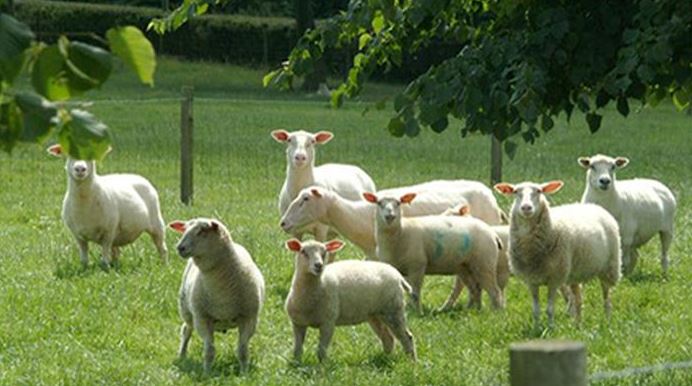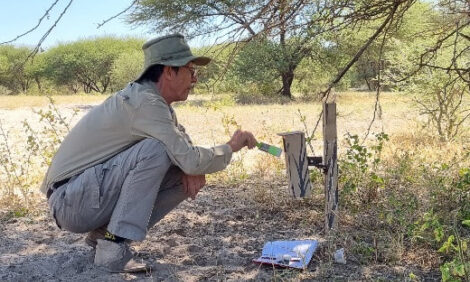



Old or New Trees For Cow Health and Lamb Survival
Sheep and Cattle both benefit from having trees around, whether in the form of new or restored woodland.
Industry experts and researchers discussed how trees can improve the resilience of ruminant livestock systems by providing shelter, supporting grass growth and reducing poaching and nutrient run-off at a seminar organised by the Woodland Trust and Harper Adams University that took place last week (Thursday 11 September).
The Woodland Trust discussed the functional value of trees on farms, along with evidence of how they can be integrated with existing sheep and dairy farm systems to provide additional sources of income, such as by supplying wood fuel and growing fruit crops.
Vet Fiona Lovatt, with the assistance of the National Sheep Association, demonstrated how trees can provide health benefits for sheep.
*
“Tree management doesn’t just include planting new saplings; it also involves restoring and making the most of existing woodland."
She explained how tree planting on poor, wet areas of a farm can improve drainage and lower the risk of liver fluke and lameness. Planting shelter belts to increase lamb survival rates was also discussed as part of the workshop.
Organic Dairy Farmer, Tim Downes, shared his experience of planting trees on his farm in Shropshire. Tim said: “Currently I am trialling the preferred species and browsing behaviour of my cows that are being given access to rows of fodder, and medicinal trees, such as hornbeam, willow and sycamore.
"I am investigating whether certain properties within the leaves affect the cows’ digestion - which I hope will also lead to an improvement in milk yield.”
Representatives from Natural England and the Forestry Commission then spoke about the support available to farmers and how to apply for funding to carry out tree planting schemes of their own.
Jim Waterson MICFor, Senior Lecturer at Harper Adams University, who is involved with a Woodland Trust research project, said: “Tree management doesn’t just include planting new saplings; it also involves restoring and making the most of existing woodland.

"Forestry has a significant part to play in farming, and I was very happy to highlight the opportunities it offers to those within the industry.”
John Tucker, the Woodland Trust’s Woodland Creation Director, said: “What this event demonstrated is that trees and shelter belts do not take land out of production – they actually enhance its value and add functionality.
"It was fantastic to meet so many people interested to hear about the intrinsic value of trees on farmland, and I hope this event inspires them to integrate trees within their own businesses.”
To find out more about the advice and support available to farmers from the Woodland Trust, visit www.woodlandtrust.org.uk/plant-trees


